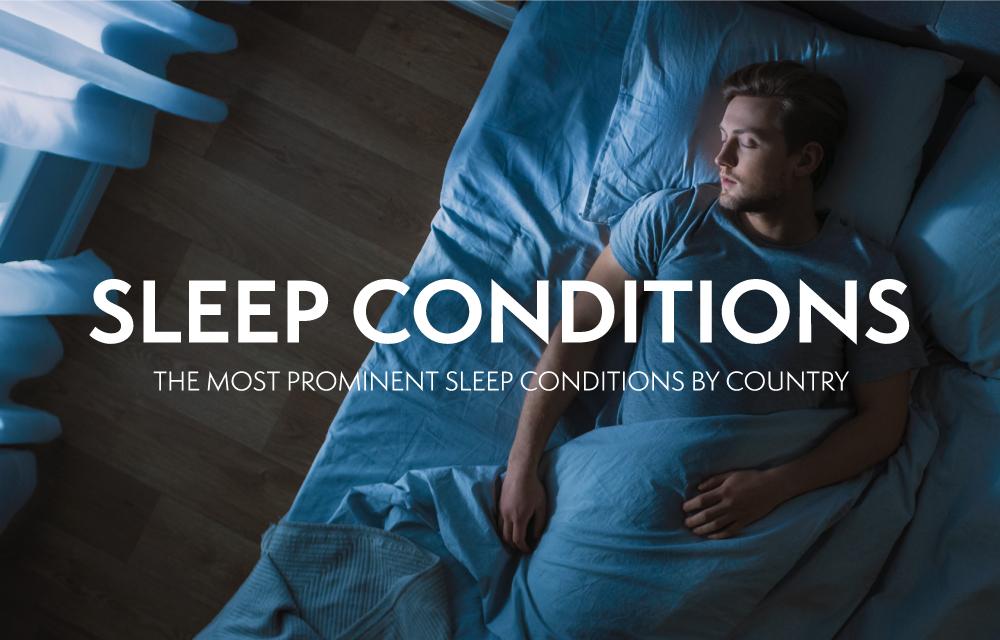Sleep Conditions
The most prominent sleep conditions by country
We all know that getting a good night’s sleep is incredibly important for both our physical and mental health, as it allows our bodies to recover, re-energise, and properly maintain themselves. However, many people all over the world suffer from conditions that affect the quality of their sleep.
These disruptive sleep conditions come in many forms and vary greatly in their prevalence, from common sleep issues like snoring to much rarer medical conditions such as Kleine Levin Syndrome.
Many people struggle to find effective ways of managing their sleep problems, which can be devastating for their health. In this case, it’s always recommended to seek medical advice as they could have an underlying sleep condition that they were unable to identify or treat by themselves.
Ensuring you have the right type of pillow to support your head and align your neck is essential, especially one that can help with sleeping conditions like snoring and sleep apnea so you can drift off without worrying about the quality of your sleep.
With this in mind, we here at Sleepseeker have conducted a small study to better understand the range of sleep conditions out there, and whether they vary in prevalence from place to place. Using Google search data, we looked at the sleep conditions that people are searching for the most in 60 countries from all over the world.
The most common sleep conditions
These are the most-searched sleep conditions from across the 60 countries that we included in our study. This shows the combined search volume, and reveals which sleep conditions are the most prominent in people’s minds.
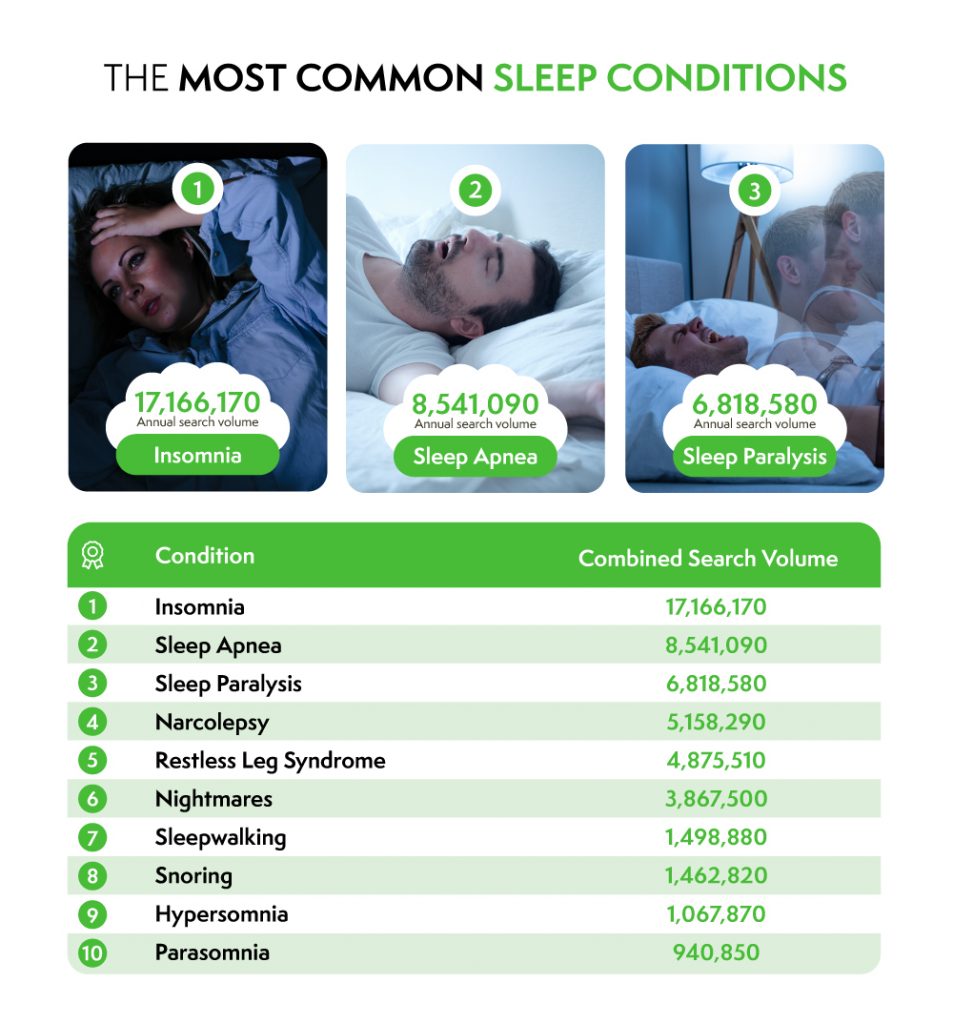
- Insomnia Annual search volume: 17,166,170
Insomnia is the most commonly searched-for sleep condition on the planet with over 17 million searches in 2021, suggesting that simply being able to fall asleep is humanity’s biggest sleep challenge.
You might have insomnia if you regularly find it difficult to fall asleep, wake up frequently during the night, lie awake at night, or find that you are often tired and irritable during the day. Stress, anxiety and depression are all leading causes of insomnia, as are noise, uncomfortable beds and stimulants such as caffeine, nicotine or recreational drugs.
2. Sleep ApneaAnnual search volume: 8,541,090
Sleep apnea (sometimes spelt “apnoea”) is the second most commonly searched sleep condition in the world, with over 8.5 million searches in 2021 alone.
Sleep apnea is a condition where your breathing stops and starts while you sleep. There are three types of sleep apnea, but the most common is obstructive sleep apnea (OSA). Common symptoms of sleep apnea include snoring, making gasping or choking noises while you sleep, and waking up a lot. You might also experience mood swings, wake up with a headache, feel very tired and find it difficult to concentrate.
If you suspect you might have sleep apnea, then you should consult a medical professional who will be able to assess your condition and advise you on the best course of action.
3. Sleep ParalysisAnnual search volume: 6,818,580
The third most commonly searched sleep condition is sleep paralysis, which was searched over 6.8 million times in 2021.
Sleep paralysis refers to when you cannot move or speak as you are waking up or falling asleep. During sleep paralysis, you may feel as if you’re awake, but won’t be able to move, speak or open your eyes. It can feel as if someone is in your room or something is pushing you down, which can be frightening to experience. Sleep paralysis happens when your body is in sleep mode while your brain is active, which can be caused by a range of factors such as insomnia, PTSD, anxiety, or a family history of sleep paralysis. Thankfully, people will usually only experience this once or twice in their lifetime.
The country where each sleep condition is most prominent
Here we can see where each sleep condition is most prevalent out of the 60 countries included in our study. We calculated the number of searches for each condition in each country per 100,000 people, allowing us to compare countries regardless of their different population sizes.
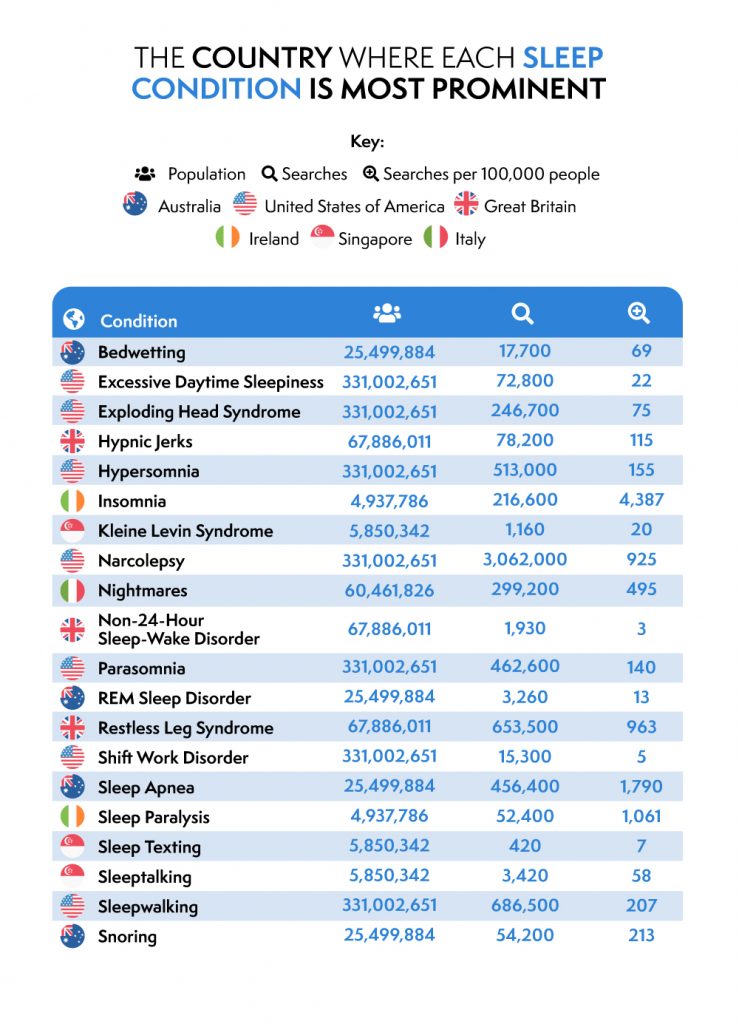
- United States - 7 sleep conditions
Excessive Daytime Sleepiness, Exploding Head Syndrome, Hypersomnia, Narcolepsy, Parasomnia, Shift Work Disorder, Sleepwalking
The United States is a hotbed for interest in sleep conditions, being the top country by searches per 100,000 people for seven different sleep disorders. These include more well-known sleep conditions such as sleepwalking and narcolepsy, to lesser-known disorders like exploding head syndrome and shift work disorder.
Exploding head syndrome is a rare condition where people wake up with the sensation of a loud noise, sometimes accompanied by a sudden stab of pain in the head, and is highly distressing for those affected.
Narcolepsy is a condition that sees those affected fall suddenly asleep, seemingly at random, which can have a significant impact on daily life and can be difficult for those affected to cope with.
2. Australia - 4 sleep conditions
Bedwetting, REM Sleep Disorder, Sleep Apnea, Snoring
Australia is the top country for four separate sleep conditions: bedwetting, REM sleep disorder, sleep apnea and snoring. While bedwetting is mostly associated with children, many older adults also experience urinary incontinence which can lead to a wet bed and disturbed sleep.
Sleep apnea and snoring are often linked as snoring can be one of the main symptoms of sleep apnea, though people can be snorers and not be affected by the disorder and there are effective solutions for this common problem such as the increasingly popular anti-snore pillow. REM sleep disorder is a condition whereby you physically act out your dreams, often with sharp arm and leg movements, such as punches or kicks, along with vocal outbursts.
3. Singapore - 3 sleep conditions
Kleine Levin Syndrome, Sleep Texting, Sleep talking
Singapore has is one of two countries to have the most searches for three separate sleep conditions, which in Singapore’s case are Kleine Levin Syndrome, sleep texting, and sleep talking.
Klein Levin Syndrome is a rare condition whereby you need to sleep for huge amounts of time, around 20 hours a day while experiencing other behavioural changes such as excessive food intake.
Sleep texting is a recent phenomenon where people send and reply to text messages while completely asleep, while sleeptalking is the act of speaking while you sleep. Both of these are examples of hypersomnia conditions where you are physically active while sleeping.
4. United Kingdom - 3 sleep conditions
Hypnic Jerks, Non-24-Hour Sleep-Wake Disorder, Restless Leg Syndrome
Also coming top for three sleep conditions is the United Kingdom, which recorded the most searches per 100,000 people for hypnic jerks, non-24-hour sleep-wake disorder, and restless leg syndrome. Hypnic jerks are a common sleep disorder usually experienced when waking up or falling asleep. Episodes are often described as a sudden jolt or falling sensation and have been associated with vivid dreams and hallucinations.
Non-24-hour sleep-wake disorder is a condition most commonly found among blind people whereby their internal body clock does not operate on a 24-hour basis, meaning that they are often fatigued as they need a few extra hours’ sleep.
Restless leg syndrome is a condition where you have an overwhelming urge to move your legs, which is often worse at night. This condition can be caused by abnormal levels of iron or dopamine in the body, while behaviours such as poor sleep habits, smoking and lack of exercise can also be contributing factors.
5. Ireland - 2 sleep conditions
Insomnia, Sleep Paralysis
Ireland has the most searches per 100,000 people for two sleep disorders, insomnia and sleep paralysis, with 4,387 and 1,061 searches per 100,000 respectively. These conditions are sometimes linked, which could explain why the same country came top for both.
6. Italy - 1 sleep conditions
Nightmares
Italy is the top country in the world for searches for nightmares, with 495 searches per 100,000 people. While usually found in children, nightmares can also be experienced by adults. Some conditions that affect sleep, such as obstructive sleep apnea, restless leg syndrome, and migraines, can be a trigger for nightmares. Perhaps some of these other conditions are also common in Italy?
The English counties where each sleep condition is most prominent
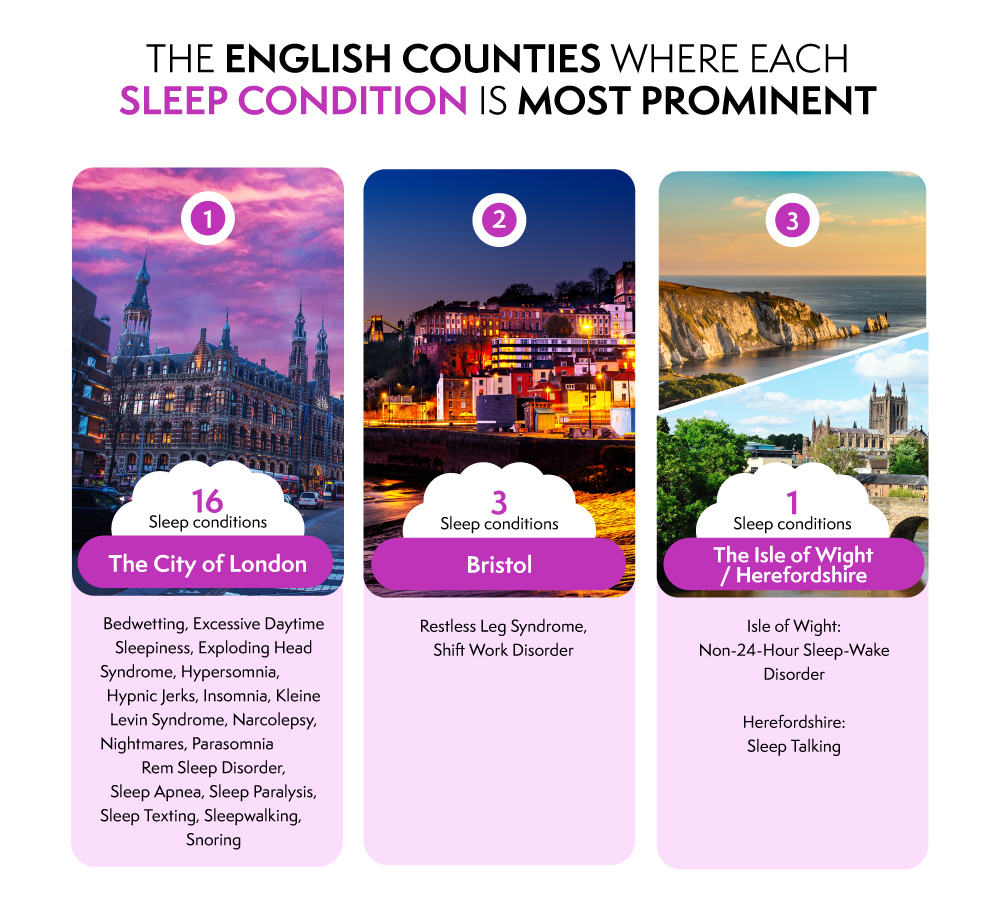
1. The City of London - 16 sleep conditions
Bedwetting, Excessive Daytime Sleepiness, Exploding Head Syndrome, Hypersomnia,Hypnic Jerks, Insomnia, Kleine Levin Syndrome, Narcolepsy, Nightmares, ParasomniaRem Sleep Disorder, Sleep Apnea, Sleep Paralysis, Sleep Texting, Sleepwalking,Snoring
Taking the top spot by a very wide margin is the City of London, with the most searches per 100,000 for sixteen sleep conditions. This is not surprising as it has the smallest population of all the the English counties. Sleep apnea is the most searched for condition in the City of London at 3,446 searches per 100,000, followed by insomnia with 2,412 per 100,000. These conditions are often linked as apneas are registered by the brain as life-threatening events, and induces insomnia to prevent them.
2. Bristol - 2 sleep conditions
Restless Leg Syndrome, Shift Work Disorder
Bristol is the top county for two sleep condition searches, restless leg syndrome and shift work disorder at 1,599 searches and 15 searches per 100,000 people respectively. Whilst restless leg syndrome is a common sleep condition, shift work disorder is rarer and caused by your circadian rhythm (the process that regulates your sleep cycle) failing to adapt to a work schedule that overaps the traditional sleep-wake cycle, leading to insomnia and excessive sleepiness.
3. The Isle of Wight - 1 sleep condition
Non-24-Hour Sleep-Wake Disorder
The Isle of Wight is the top English county for Non-24-Hour Sleep-Wake Disorder, with 28 searches per 100,000 people. As the county has one of the smallest populations on our list, it’s not surprising they have the highest searches per 100,000 people for this this rare condition that mainly affects blind people.
4. Herefordshire - 1 sleep condition
Sleep Talking
Herefordshire is the county with sleep talking as its most prevalent condition, with 26 searches per 100,000 people. This often very brief sleep condition involves the sufferer talking during their sleep without being aware of it, and can range from long and complex conversations to complete gibberish.
Our guide to a better night’s sleep
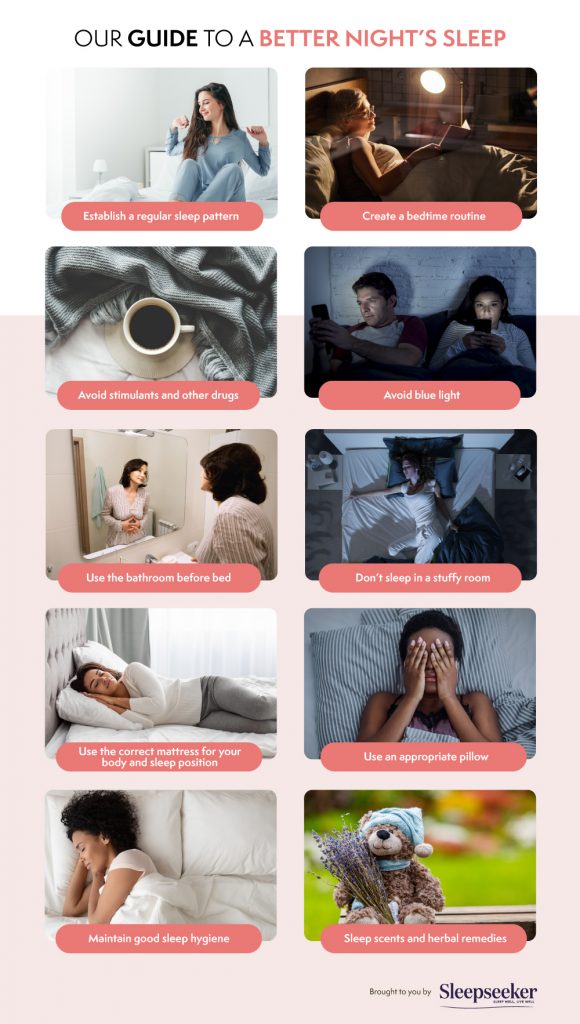
In this section, we will lay out some of the best ways to improve the quality of your sleep.
1. Establish a regular sleep pattern
If you’re having trouble getting a proper night’s sleep, then one of the best things you can do is establish a regular sleep schedule. By going to bed at the same time each night, your body clock will adjust to suit that pattern, making it easier to fall asleep and remain so.
2. Create a bedtime routine
A bedtime routine isn’t just turning the light out at a particular time, it involves creating a regular set of actions prior to sleep that becomes indicators to your mind and body to start winding down and prepare for sleep. This can include reading a book, listening to podcasts, washing your face and brushing your teeth. By keeping a regular routine, you will find regular sleep comes much more naturally.
3. Avoid stimulants and other drugs
Stimulants, such as caffeine, are extremely unhelpful if you’re trying to fall asleep. They keep your brain and body switched on just when you want them to switch off. To get the best night’s sleep, you should avoid consuming caffeine or other stimulants for several hours before bedtime.
4. Avoid blue light
Blue light is given off by the screens in our phones, televisions and computers, and can have a disturbing effect on sleep quality. To avoid this impacting your own sleep, try to avoid looking at screens immediately before bed, and maybe impose a ban on screens in the bedroom altogether.
5. Use the bathroom before bed
Many people wake up in the night because they need to use the bathroom. While this can become an unavoidable problem, especially later on in life, we can limit the chances of having to get up by ensuring that we use the bathroom immediately before bed. Incorporating this bathroom visit into your regular bedtime routine is the best way of doing this.
6. Don’t sleep in a stuffy room
Air quality can have a massive impact on how restorative our sleep is, as sleeping in a stuffy room means your body has to work a lot harder to get the oxygen it needs. It also means that you’ll be breathing in unwanted particles such as pet dander and dust, which can be particularly harmful to asthma and allergy sufferers.
You can keep your bedroom fresh and full of clean air in several ways, the simplest of which is to leave the window open. This is not always the best option as you don’t want to be too cold in the winter! Other options include having house plants in the bedroom, as they naturally release oxygen into the air, while air filters are also a great way of keeping the air clean and removing unwanted dust particles
7. Use the correct mattress for your body and sleep position
Many people don’t use the most appropriate pillows and mattresses, which can lead to difficulty sleeping. Depending on your sleep position and any additional medical factors, you will need to find a mattress with an appropriate firmness rating.
Softer mattresses are generally more suited to smaller, lighter people and those who sleep on their sides. This is because larger heavier people sink into the mattress as there isn’t enough support, which can lead to body pains such as a bad back, while side-sleepers need a softer mattress to accommodate larger pressure points such as the hips and shoulders.
Firmer mattresses are generally better for larger, heavier people and those who sleep on their front or back. This additional support helps to keep your spine properly aligned while you sleep.
If your mattress is not the right firmness for you, a mattress topper can be a great way of changing the feel of a mattress without having to buy a new one. Mattress toppers can also help to protect against allergens, and can keep you cool if made from breathable materials, making hot summer nights much more comfortable.
8. Use an appropriate pillow
It is also important to make sure you have enough support for your head and neck while you sleep, so your choice of pillow should also be considered based on your sleeping position. There are also special anti-snore pillows that aim to keep your airways open while you sleep, allowing you to breathe more easily and reducing snoring.
Pillow firmness is also an important factor to consider. Just like with mattresses, your sleeping position will usually determine what firmness of pillow is right for you. Soft pillows with low loft are more suitable front sleepers, while side sleepers may benefit from firmer pillows with high loft. If you sleep on your back, then a medium pillow with moderate loft is often the correct choice, though if you move about in your sleep you may benefit from a pillow which is moldable, such as a memory foam pillow.
9. Find the right duvet
You should also make sure that you choose a duvet that suits your specific needs. Duvets are made from a range of materials, some synthetic and some natural. Choosing between these two groups is often the best place to start, as each offers particular benefits.
Synthetic duvets are idal for people with allergies as they do not contain any wool or feathers which could cause a reaction in some people. They are also especially good for asthma sufferers, as the lack of natural material means dust mites are less likely to be attracted to them.
However, natural duvets are generally much more breathable and are better at regulating your temperature while you sleep. This helps to keep you cool in the summer, and warm in the winter.
Finally, you need to consider the tog rating of your duvet. A higher tog rating means that your mattress will be better at retaining heat, making a high tog mattress ideal for the winter months. Lower tog duvets are more breathable and will let more heat escape, making them perfect for the warmer summer months.
10. Maintain good sleep hygiene
Sleep hygiene also plays an important role in ensuring a good night’s sleep. Regularly changing your bedding and sleepwear, as well as maintaining a clean bedroom are all important factors here. By frequently vacuuming and dusting your room, as well as airing it out on a regular basis, you will remove dust and allergens from the air and limit the potential for house dust mites to thrive
You might also want to consider using a mattress protector, as these help to keep your mattress clean in the event of any spillages or unwanted pet visits, and most are now also machine washable.
11. Sleep scents and herbal remedies
Many people also use herbal remedies to improve their sleep, whether drinking them as a tea or enjoying their calming fragrances. Chamomile is a very common herbal tea often drank as a bedtime alternative to caffeinated hot drinks like tea or coffee and is known for its sleep-inducing effects. You can also enjoy the calming and relaxing properties of chamomile by applying a few drops of chamomile oil to your pillow before bed.
Lavender is possibly the most popular scent associated with sleep, and it’s now not uncommon to find lavender-infused pillows that release their scent gradually throughout the night. The scent of lavender is has been linked to relieving stress and anxiety, slowing down the nervous system and leading to better quality sleep.
Other popular scents that are linked to improving your sleep include jasmine, valerian, sandalwood, ylang-ylang, marjoram, and vanilla, all of which are readily available as scented oils.
Methodology
We wanted to find out where in the world different sleep conditions are most prominent. To do this, we created a list of sleep conditions using information from Sleep Foundation and then used Google Keyword Planner to discover how many searches each sleep disorder received in 60 different countries in 2021.
Once we had this data, we found that the order each country had a very similar order in which sleep conditions were searched the most, so we focused on looking at which country searched for each condition the most per 100,000 people, using population data from Worldometer and ONS. We then combined all of the search data for each condition to reveal which sleep disorders were the most searched overall in 2021.
When discussing individual sleep disorders, we used information from a variety of sources to describe each condition in more detail. Conditions described expanded upon include insomnia, sleep apnea, sleep paralysis, nightmares, hypnic jerks, non-24-hour sleep-wake disorder, restless leg syndrome, Kleine Levin syndrome, REM sleep behaviour disorder, and exploding head syndrome.
This was then supplemented by a guide to a good night’s sleep, which sought to lay out the various ways in which you can increase the chances of sleeping well at night. For the section on sleep scents, we used information from Prestige Beds.
What's trending now...
-
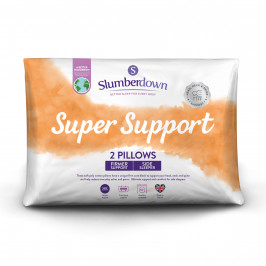
Slumberdown Super Support Firm Support Side Sleeper Pillow, 2 Pack
£17.00
Shop Now -

Slumberdown All Seasons Combi 15 Tog (10.5 + 4.5 Tog) Double Duvet
£30.50
Shop Now -
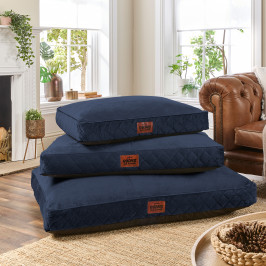
Slumberdown Paws for Slumber Navy Pet Bed, Large
£49.00
Shop Now -

Slumberdown Wonderful Wool Mattress Topper, King
£60.00
Shop Now -

Slumberdown Paws for Slumber Extra Large Pet Bed Spare Cover, Grey
£20.00
Shop Now -

Slumberdown Anti Allergy Mattress Protector - Double
£20.50
Shop Now -
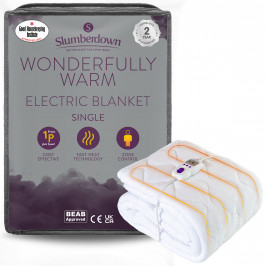
Slumberdown Wonderfully Warm Electric Blanket - Single
£60.00
Shop Now -

Slumberdown Anti Allergy Pillow Protector - Pack of 2
£15.50
Shop Now -
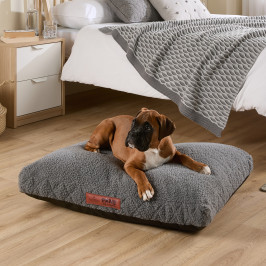
Slumberdown Paws For Slumber Sherpa Pet Bed, Medium
From: £25.00
Shop Now -
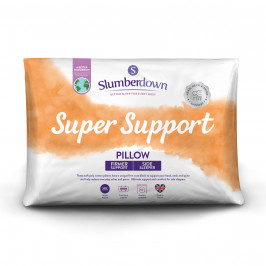
Slumberdown Super Support Firm Support Side Sleeper Pillow
From: £17.00
Shop Now -
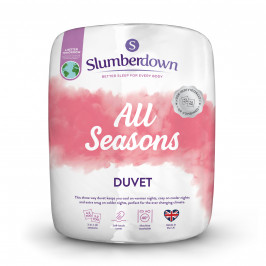
Slumberdown All Seasons Combi Duvet
From: £25.50
Shop Now -
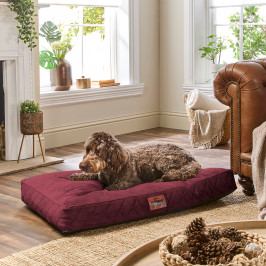
Slumberdown Paws for Slumber Large Pet Bed
From: £49.00
Shop Now -

Slumberdown Wonderful Wool Mattress Topper
From: £54.50
Shop Now -

Slumberdown Paws for Slumber Extra Large Pet Bed Spare Cover
From: £20.00
Shop Now -
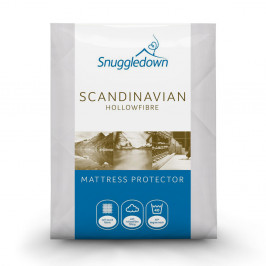
Snuggledown Scandinavian Hollowfibre Mattress Protector
From: £14.00
Shop Now -
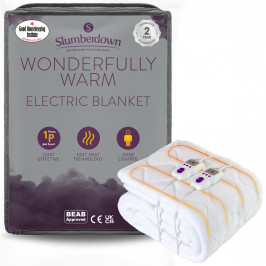
Slumberdown Wonderfully Warm Electric Blanket
From: £60.00
Shop Now -

Slumberdown Anti Allergy Pillow Protector
From: £15.50
Shop Now -
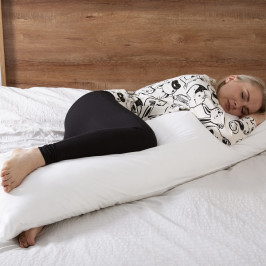
Slumberdown Body Support Pillow, 1 Pack, Includes 100% Cotton Pillow Case
£20.00
Shop Now -

Slumberdown All Seasons Combi 15 Tog (10.5 + 4.5 Tog) King Size Duvet
£34.00
Shop Now -
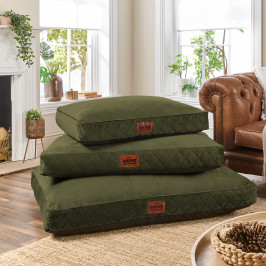
Slumberdown Paws for Slumber Olive Green Pet bed, Medium
£39.00
Shop Now -
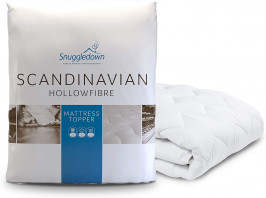
Snuggledown Scandinavian Hollowfibre Mattress Topper - Super King
£35.50
Shop Now


